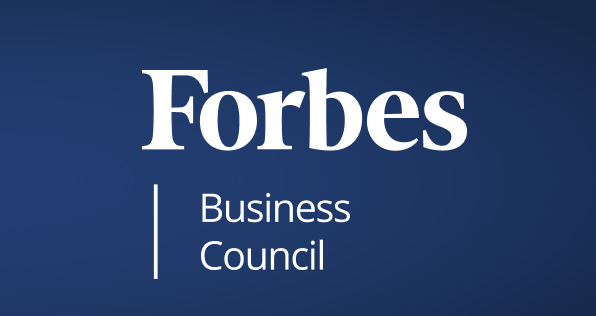Featured on MarTech Advisor:
— Read MarTech Advisor’s published article —
A ‘voice-based everything’ future is coming. The smart speaker market has grown 210% from last year- from 2.9 million units to 9 million (according to Garner, the voice-based speaker market will grow to $2 billion by 2020). Voice-activated gadgets are almost the new normal. So, can voice marketing be far behind?
What would be interesting to track is the ways in which brands can actually leverage this opportunity to build stronger and more engaging customers experiences. Would those opportunities be via placement or preferences on Alexa/ Google (how will your brand be the one Alexa picks or recommends in response to a customer query, for example) or are there other ways – beyond search – in which voice-based marketing can be activated? Of course, to ensure voice-based ‘conversations’ are contextual, relevant and increasingly intelligent, a whole new set of marketing and technology skills need to be brought to bear. Voice-marketing will be a skillful mix of offering responses and offering suggestions at the right time, with the right offer, and always in an authentic brand voice.
Undoubtedly, AI technology will play a huge role in the evolution of voice-based marketing. On the other hand, it is a strategy which takes us back to the good old days of ‘conversations’ between buyers and sellers – at the bar, in the store or over the phone with our local grocer – to the heart of all marketing, which has always been relationships.
We asked advertising agency management expert and AdTech entrepreneur Bruno Gralpois about the steps every brand marketer should take to build their voice marketing capability. The former head of global marketing at Visa, and former director of global agency strategy at Microsoft – says brands should take five steps as they build their voice marketing capability. His take was also that tech giants like Apple, Google and Amazon are leading the charge forward with a new slew of voice-first devices that significantly expand the range of applications now available to brands.
But before you begin a voice campaign, Bruno cautions, follow these 3 steps to determine if your team is ready to successfully expand its capabilities.
#1 Articulate a voice-marketing strategy with specific requirements
Determine where voice can enhance the customer-brand experience, whether it is in the context of voice search or enabling fun, interactive or value-add experiences on voice-first devices like Google Home or Amazon Echo.
#2 Assess existing roster voice-capabilities
Review your existing agency roster to evaluate their strategic and technical competencies in voice marketing. Ask for recent examples and determine if they can meet your existing and future needs. If not, find the right execution partner based on your plans and needs.
#3 Incorporate voice into existing workflow
Voice shouldn’t be handled as a siloed marketing activity. Strategize how these voice resources will integrate with existing brand building and marketing campaign processes and workflows, from user experience to campaign analytics.
Bruno goes on to offer his predictions regarding voice and search – how will it change in the future, and why? “The war for voice supremacy has already begun, with tech giants such as Amazon, Google, and Apple joining the battle with market-ready voice-first devices. These companies are shaking up consumerism, and there’s no doubt they will continue to reinvent the advertising industry with re-allocated advertising budgets increasingly dedicated to voice applications or brand scenarios. With so much noise (no pun intended) about voice marketing in the marketplace currently, confusion about how voice fits in and how to approach this holistically, in the larger context of their brand and marketing efforts, will remain a constant concern for brands and marketers. I believe the future will lie in emerging opportunities for advertisers who intrinsically understand their consumer’s needs and develop new innovative ways to make their daily lives easier.”
He highlights the need for all marketers – in this age of continuous change in technology and tools – to pride themselves on being agile and responsive, especially in such a rapidly changing industry that shows no sign of slowing down. “What you learned yesterday might be obsolete today. It’s important that your teams dedicate time and efforts for staying current on digital and regulatory trends, evolve their technical skills to keep up with innovation in emerging technologies, especially with the onslaught of regulatory changes that will impact the ways companies access and utilize consumer data.”
As marketers prepare for a voice-based future, a good place to start may be to map out all the customer touchpoints today and asses which ones would make a good fit for voice-activated interactions. From your website to your app, from intelligent voice-activated customer service to your digital out-of-home installations, and of course your product itself responding to voice – opportunities abound, and the go far beyond search and virtual assistants.
More about Bruno
Bruno is co-founder and principal at Agency Mania Solutions, a technology firm specializing in automation, actionable insights and professional services designed to infuse more collaboration and efficient outcomes in brand and agency partnerships.
By MarTech Advisor |June 6, 2018





